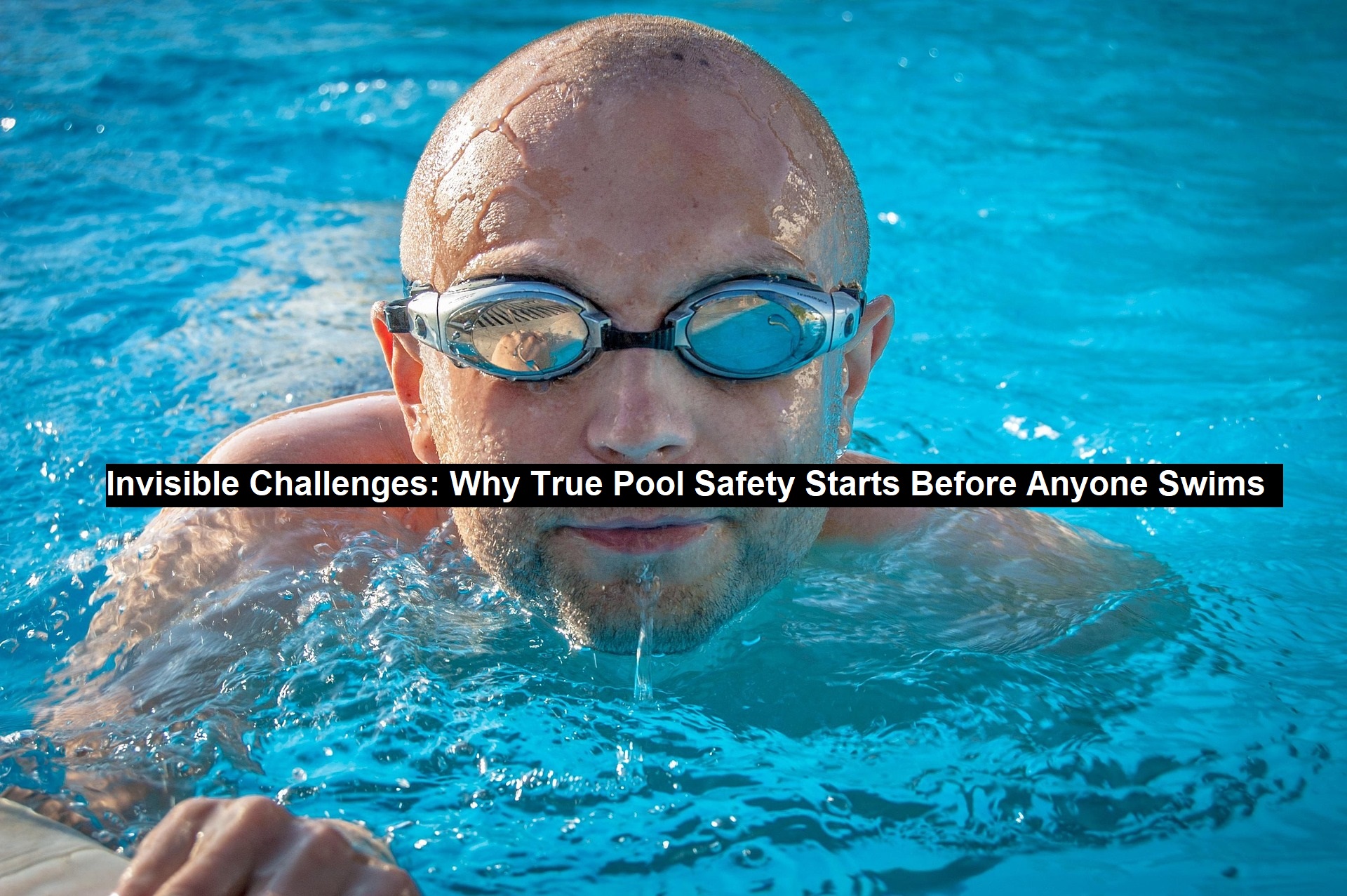Invisible Challenges: Why True Pool Safety Starts Before Anyone Swims
Commercial pool management isn’t just about keeping the water clear—it’s about mastering an environment that’s constantly in motion. Water may look calm on the surface, but below it lies a complex, reactive system where chemistry, human activity, and environmental variables continuously interact. For aquatic facility operators, the real work is in what guests don’t see: the prevention, precision, and vigilance required to ensure water remains not just clean, but truly safe.
That’s because visual clarity can be misleading. Just because water sparkles doesn’t mean it’s free of contaminants. The reality is that factors like bather load, air quality, sunscreen residue, and even nearby landscaping can introduce organic compounds that disrupt chemical balances. This is why modern facilities can’t afford to depend on old routines or minimal chlorine dosing. Water treatment today demands a layered defense—a system of smart, integrated tools that includes real-time monitoring, advanced filtration, and supplemental disinfection like ozone and UV-C.
Beyond traditional sanitation lies the often-overlooked realm of pool ecology. The water in a commercial setting is a living system—one constantly impacted by the actions of every swimmer. Body oils, lotions, deodorants, and sweat all enter the water with each guest, introducing trace compounds that react with chlorine and can reduce its efficiency. Left unchecked, these can lead to the formation of chloramines, which irritate skin and eyes and signal ineffective disinfection.
This is where understanding and properly using commercial pool chemicals becomes critical. These aren’t one-size-fits-all solutions; the most effective chemical treatments are tailored to the facility’s size, usage patterns, and water chemistry trends. When used in coordination with automation systems, they maintain ideal conditions even under shifting loads, preventing small imbalances from turning into major disruptions.
Read: 7OH for Sleep: A Natural Solution for Insomnia?
Proactive Pool Culture: A Competitive Advantage
Water safety isn’t a side task—it’s part of a facility’s brand. Leading aquatic centers embed water management into their operations, training their teams not just to respond to problems, but to prevent them. That means educating staff on how to interpret water quality data, recognize early warning signs, and make informed adjustments on the fly.
Seasonal surges in swimmer volume, extreme heat, and even the time of day can influence chemical demand. Automated systems help maintain equilibrium, but human oversight ensures the right judgment calls are made. An attentive, well-trained team combined with reliable systems results in water that’s not only compliant with regulations—but confidently clean.
The facilities that thrive are the ones that build a reputation for safety and consistency. And that starts beneath the surface.
To explore more on how to prevent pathogen outbreaks in aquatic environments, refer to the detailed infographic attached to this article.
True-Pool-Safety
